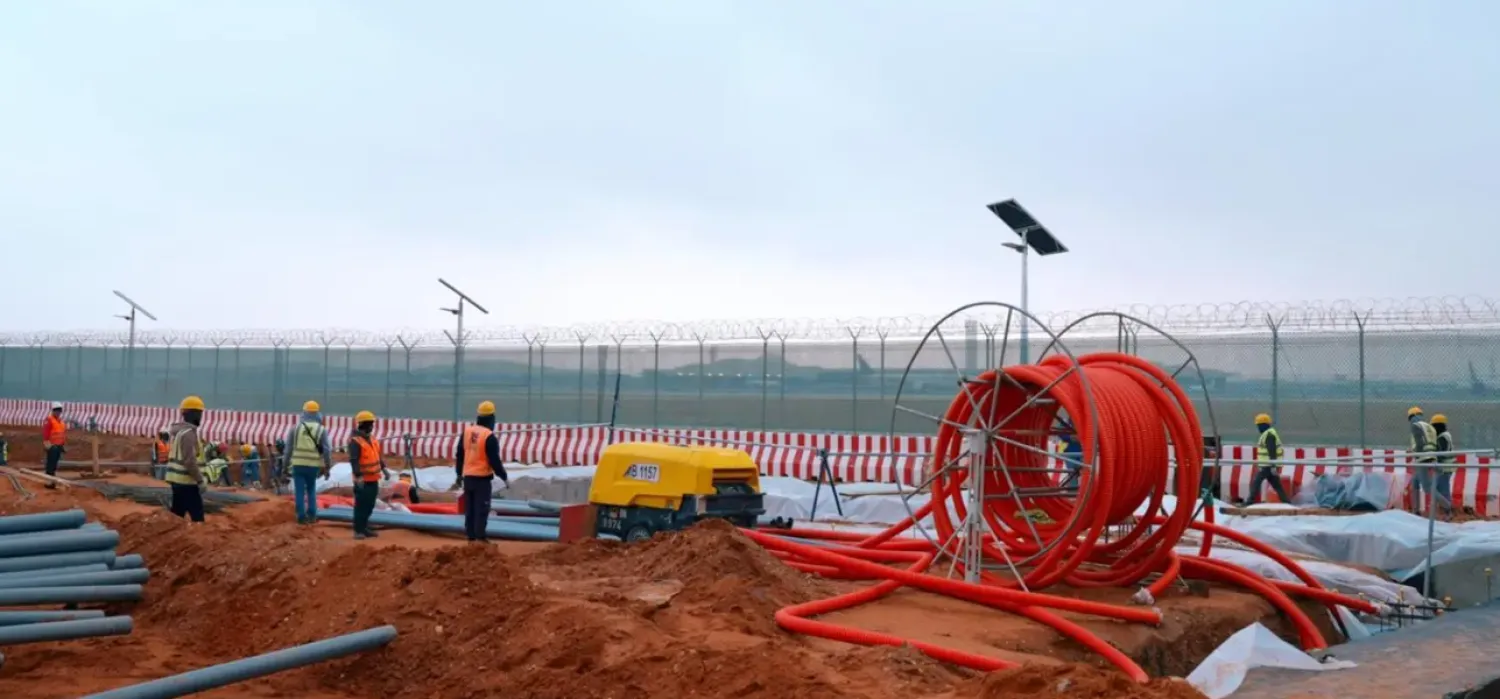China has introduced guidelines to phase out US microprocessors from Intel and AMD from government personal computers and servers, the Financial Times reported on Sunday.
The procurement guidance also seeks to sideline Microsoft's Windows operating system and foreign-made database software in favor of domestic options, the report said.
According to the FT report, Chinese officials have begun following the guidelines, which were unveiled in December.
They order government agencies above the township level to include criteria requiring "safe and reliable" processors and operating systems when making purchases, the newspaper said.
Intel and AMD did not immediately respond to Reuters request for comment.
The US has been aiming to boost domestic semiconductor output and reduce reliance on China and Taiwan with the Biden administration's 2022 CHIPS and Science Act.
It is designed to bolster US semiconductors and contains financial aid for domestic production with subsidies for production of advanced chips.
Report: China Blocks Use of Intel and AMD Chips in Government Computers

A man walks past the Phoenix Center after its lights are turned off for the Earth Hour environmental campaign in Beijing on March 23, 2024. (Photo by Jade GAO / AFP)

Report: China Blocks Use of Intel and AMD Chips in Government Computers

A man walks past the Phoenix Center after its lights are turned off for the Earth Hour environmental campaign in Beijing on March 23, 2024. (Photo by Jade GAO / AFP)
لم تشترك بعد
انشئ حساباً خاصاً بك لتحصل على أخبار مخصصة لك ولتتمتع بخاصية حفظ المقالات وتتلقى نشراتنا البريدية المتنوعة







